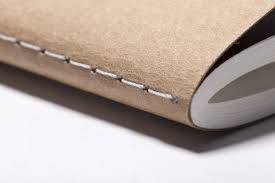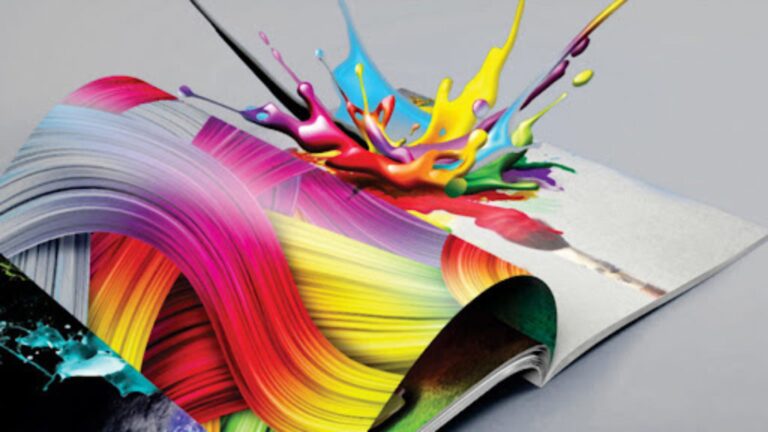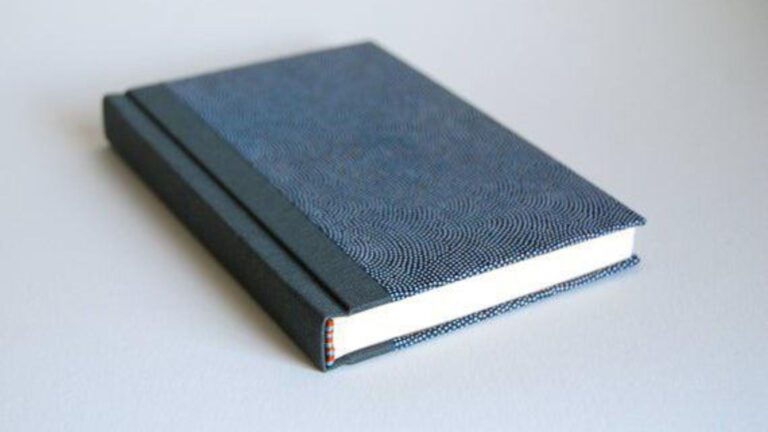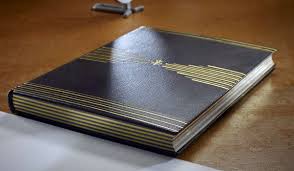
Binding techniques enhance every publication
In the world of printed materials, presentation is everything. Whether it’s a novel, a magazine, or an annual report, the way a publication holds together matters greatly. Binding techniques enhance every publication by providing structural integrity, improving usability, and elevating the overall aesthetic appeal. Without proper binding, even the most compelling content can lose its impact.

Why Binding Matters for Publications
At its core, binding is what keeps the pages of a publication intact. It not only holds sheets together but also contributes to how the publication feels in the reader’s hands. When done correctly, binding techniques prevent pages from falling out and make the publication easier to handle. In fact, strong binding is essential to ensure that the publication withstands repeated use over time.
Moreover, binding influences the durability of a publication. Publications that use high-quality binding can last for years, surviving frequent reading, shelving, and transportation. Thus, investing in proper binding techniques is a crucial step for publishers who want to maintain their work’s longevity and reputation.
Common Binding Techniques That Enhance Publications
Publishers and printers use various binding methods tailored to the type of publication and its purpose. Saddle stitching, for example, staples folded sheets together and is common for magazines and booklets. Perfect binding uses glue to attach pages to the spine, giving books a clean and polished look. Case binding, or hardcover binding, involves sewing pages together before attaching a hard cover, offering maximum durability and a premium feel.
Each technique has its benefits. Saddle stitching is cost-effective for thinner publications, while perfect binding suits thicker materials with more pages. Case binding enhances durability and presentation for books meant to last. By selecting the right binding technique, publishers can ensure that binding techniques enhance every publication in both form and function.
How Binding Techniques Impact Reader Experience
Beyond durability, binding significantly affects how readers interact with a publication. Flexible binding techniques allow books to lie flat when open, which is especially important for cookbooks, manuals, and art books. In contrast, rigid bindings protect pages but may limit ease of use.
Good binding also contributes to a publication’s visual appeal. Decorative spines, embossed covers, and color-matched stitching all add to the tactile experience, making readers more likely to engage with the material. Therefore, the choice of binding technique can influence not just the lifespan but also the enjoyment of every publication.
The Role of Technology in Modern Binding
Advancements in printing and binding technologies have revolutionized how publications are produced. Digital printing enables smaller print runs with diverse binding options, allowing publishers to customize products for niche markets. Automated binding machines ensure precision and speed, reducing costs without sacrificing quality.
Moreover, eco-friendly binding options are gaining traction as publishers respond to sustainability concerns. Techniques using biodegradable adhesives or recycled materials help reduce environmental impact. As technology evolves, it’s clear that binding techniques enhance every publication not only by improving quality but also by supporting responsible production.
Choosing the Right Binding Technique for Your Publication
Selecting the optimal binding technique depends on factors like publication type, budget, and intended use. For example, magazines often favor saddle stitching for affordability and quick turnaround. Novels and textbooks may require perfect or case binding for durability and professional presentation. Meanwhile, portfolios and photography books benefit from lay-flat binding to showcase visuals effectively.
Consulting with printing professionals helps publishers balance aesthetics, cost, and functionality. Ultimately, recognizing that binding techniques enhance every publication guides creators to make informed choices that elevate their work and satisfy their audience.






